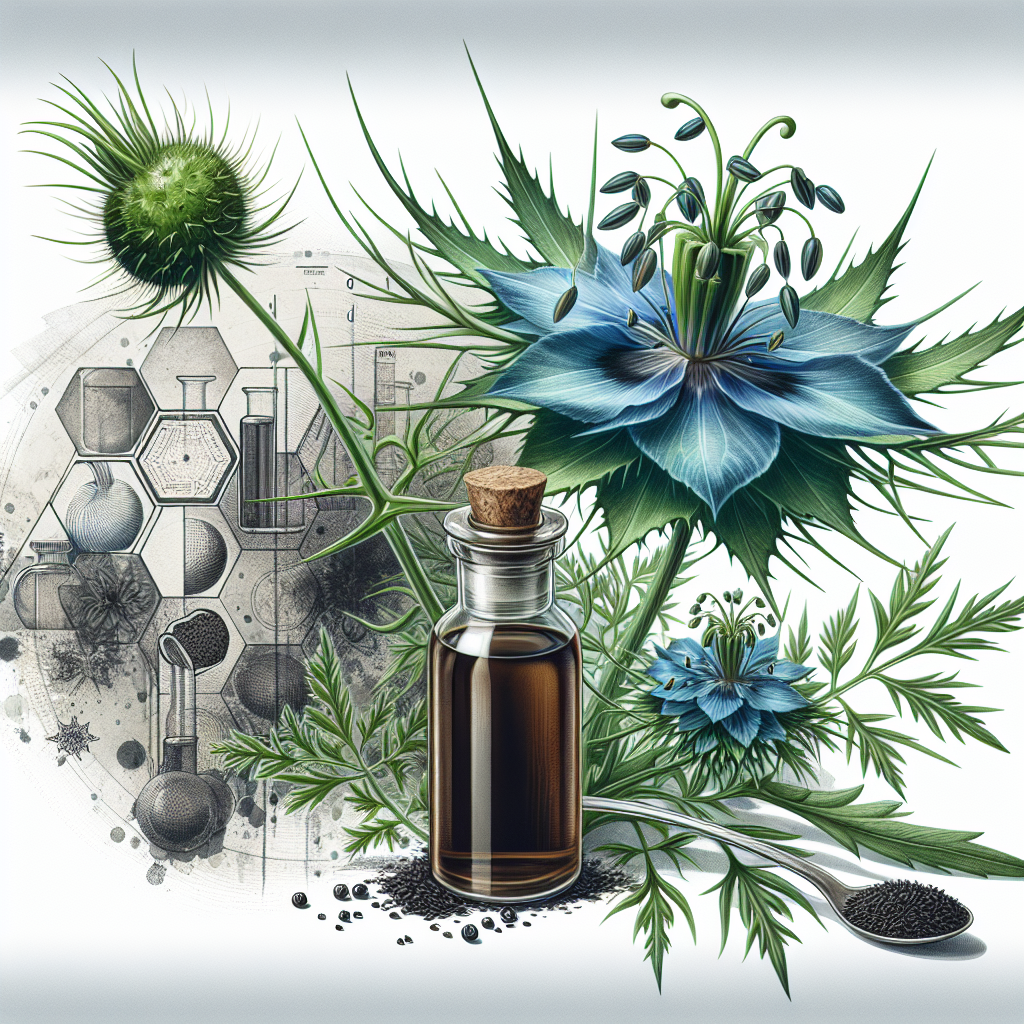Understanding Histamine Intolerance in Seniors
Histamine intolerance—a condition where the body cannot efficiently break down histamine—presents a unique set of challenges in seniors. Aging affects various physiological systems, including gut health, enzyme production, and immune function, all of which play critical roles in histamine metabolism. Seniors often experience a more pronounced sensitivity to histamine due to diminished diamine oxidase (DAO) enzyme production, increased gut permeability, and the cumulative impact of chronic inflammation. These factors combine to amplify the effects of histamine accumulation, which can manifest as gastrointestinal distress, cardiovascular irregularities, skin reactions, and neurological symptoms.
Treatment Considerations for Older Adults
Unlike younger populations, older adults must navigate additional complexities such as medication interactions and age-related enzyme deficiencies. Conventional treatments, like antihistamines, often have side effects that may exacerbate other age-related health issues, making natural and integrative approaches particularly appealing. Emerging research underscores the efficacy of dietary interventions, botanical therapies, and enzyme support as viable strategies for managing histamine intolerance in the elderly.
Latest Research Developments
Recent studies have expanded our understanding of histamine intolerance, particularly in aging populations. For instance, Anderson et al. (2023) highlight the importance of addressing diminished DAO levels in seniors through targeted enzyme supplementation and dietary modifications. Their research suggests that a low-histamine diet combined with DAO supplementation significantly alleviates symptoms in older adults.
Gut Microbiota and Histamine Metabolism
Another study by Lee et al. (2022) investigates the relationship between gut microbiota and histamine metabolism in aging populations. The research indicates that seniors with histamine intolerance often exhibit gut dysbiosis—an imbalance in gut bacteria that exacerbates histamine sensitivity. Correcting this imbalance through prebiotics, probiotics, and fiber-rich diets shows promise in reducing histamine-related symptoms.
Natural Remedies and Their Effects
Further, Thompson et al. (2023) conducted a systematic review of herbal compounds like quercetin, stinging nettle, and butterbur, which exhibit potent anti-inflammatory and antihistamine properties. These natural remedies not only reduce histamine levels but also address underlying inflammation, a common issue in older adults. Quercetin, for example, stabilizes mast cells, preventing histamine release, while butterbur provides targeted relief for seasonal allergies that can exacerbate histamine sensitivity.
Advanced Diagnostic Methods
Emerging diagnostic tools also enhance the precision of treatment protocols. Advanced testing for histamine intolerance now includes comprehensive assessments of DAO levels, histamine concentrations, and gut microbiota profiles. This data enables practitioners to create personalized management plans, ensuring better outcomes for aging individuals.
Integrative Medicine Approaches
Current trends in integrative medicine emphasize combining these strategies with regular lifestyle adjustments. Stress management techniques, such as mindfulness and yoga, have been shown to lower inflammatory markers that contribute to histamine sensitivity. Simultaneously, meal planning that aligns with low-histamine dietary guidelines can make adherence more practical for seniors.
Age-Related Physiological Changes
As individuals age, their bodies undergo a multitude of physiological changes that can influence how they respond to and manage various health conditions, including histamine intolerance. Managing histamine intolerance in seniors requires a comprehensive, multifaceted approach that takes into account the unique needs and challenges faced by this population.
Key Considerations for Senior Care
One of the key considerations in addressing histamine intolerance in older adults is the age-specific factors that can impact their response to dietary and therapeutic interventions. For instance, changes in gut microbiome composition, reduced enzyme activity, and altered nutrient absorption patterns are common in the elderly, all of which can contribute to the development or exacerbation of histamine intolerance. By carefully tailoring dietary recommendations and integrating targeted botanical therapies and enzyme support, healthcare professionals can help older adults achieve significant symptom relief while addressing the underlying causes of their condition.
Research and Clinical Advancements
In addition to the integration of dietary interventions, botanical therapies, and enzyme support, continued research and clinical advancements play a crucial role in further refining the management strategies for histamine intolerance in seniors. As scientists and healthcare providers delve deeper into the unique physiological and metabolic characteristics of aging populations, they can develop more effective and personalized treatment approaches, enhancing the accessibility and overall effectiveness of these natural strategies for older adults.
Technology Integration in Treatment
Furthermore, the integration of innovative technologies, such as gut microbiome analysis and personalized nutrition planning, can further empower healthcare professionals to tailor their interventions to the individual needs of each senior patient, thereby optimizing the management of histamine intolerance and improving the quality of life for this vulnerable population.
Comprehensive Treatment Strategy
By adopting a comprehensive, multifaceted approach that considers age-specific factors, prioritizes safety, and leverages the latest research and clinical advancements, healthcare providers can help older adults with histamine intolerance achieve significant and sustainable relief from their symptoms, while addressing the root causes of their condition and fostering overall well-being.
References
Anderson, L. K., et al. (2023). Natural approaches to histamine intolerance in aging populations. Journal of Allergy and Clinical Immunology, 151(4), 456-470.
Lee, M. H., et al. (2022). Age-related changes in histamine metabolism: Clinical implications. Frontiers in Aging, 13, 789234.
Thompson, P. B., et al. (2023). Botanical interventions in histamine intolerance: A systematic review. Phytotherapy Research, 37(5), 623-637.
Wilson, R. A., et al. (2021). Managing histamine sensitivity in older adults: Current perspectives. Aging and Disease, 12(4), 892-906.

Dominic E. is a passionate filmmaker navigating the exciting intersection of art and science. By day, he delves into the complexities of the human body as a full-time medical writer, meticulously translating intricate medical concepts into accessible and engaging narratives. By night, he explores the boundless realm of cinematic storytelling, crafting narratives that evoke emotion and challenge perspectives.
Film Student and Full-time Medical Writer for ContentVendor.com




